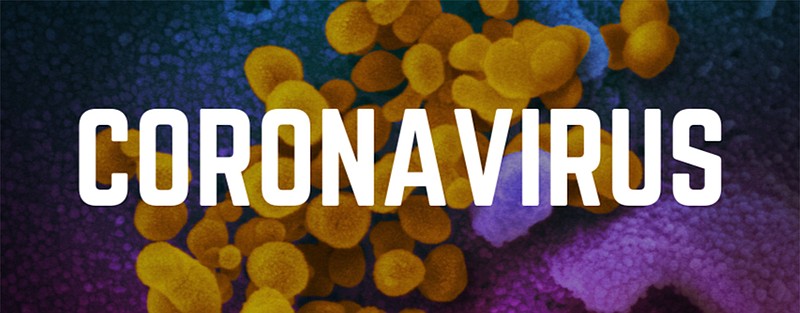As coronavirus spread in Missouri continues to climb and the resulting strain on health care systems and other aspects of daily life mounts, the White House Coronavirus Task Force recommended in its latest report that communities and counties with high levels of viral activity adopt proactive testing strategies.
Since the previous week's report, Missouri went from having the 19th highest rate of new cases per 100,000 residents in the country to the 16th highest, and went from having the 10th highest test positivity rate to the eighth highest.
The latest report was obtained by ABC News. Other reports - including last week's - have been published by the Center for Public Integrity, but the latest report for Missouri was among those not immediately available through CPI.
Other states' reports this week published by CPI also show Missouri's rate of new COVID-19 deaths per 100,000 residents ranks 10th in the nation - also a high, red zone level.
Neighbors Illinois, Iowa, Kansas and Nebraska are facing even higher rates of new cases. The latter three have higher rates of test positivity than Missouri, and Arkansas, Kansas and Iowa have higher death rates.
Nonetheless, almost every Missouri county - 96 percent of them - has moderate or high levels of coronavirus transmission, with 86 percent having red zone levels. Last week, 76 percent of counties were in the red zone.
Most, if not every major city in the state was in the red zone, with St. Louis, Kansas City, Springfield, Jefferson City and Columbia as the top five, and Sedalia, Branson, Warrensburg, Moberly, Rolla and Fort Leonard Wood also in the list of 26 red zone metro areas.
In terms of red zone counties, Cole County is seventh in the state and Boone County eighth - proceeded by the counties containing and surrounding St. Louis, Kansas City and Springfield.
Among the other 99 red zone counties are: Callaway, Camden, Miller, Moniteau, Osage, Morgan, Maries and Gasconade.
The task force continued to make recommendations listed in last week's report: limiting indoor dining at restaurants to less than 50 percent and restricting hours until cases and test positivity decrease is effective at decreasing infections; masks should be worn by students and teachers in K-12 schools; test all university students weekly; and communicate to the public they should not gather with anyone who doesn't live with them, should wear masks if they do, should always wear masks in public places, and get their flu shot.
A new set of recommendations included communities and counties every week proactively test groups such as teachers, county workers, staff in crowded or congregate settings, all hospital personnel and workers at large private sector employers.
"These cases should be triangulated with cases among long-term care facility staff to identify geographic areas with high numbers of asymptomatic and pre-symptomatic cases, which should then trigger widespread proactive testing among 18- to 40-year-olds and isolation of positive cases," the task force says.
It's recommended those efforts to reduce asymptomatic infection should happen at the same time as testing of people with symptoms and contact tracing of cases.
The task force also recommends rapid result antigen tests should be used among people in counties in orange and red zones regardless of whether they have symptoms.
"Requiring use only in symptomatic individuals is preventing adequate testing and control of the pandemic," the task force says.

